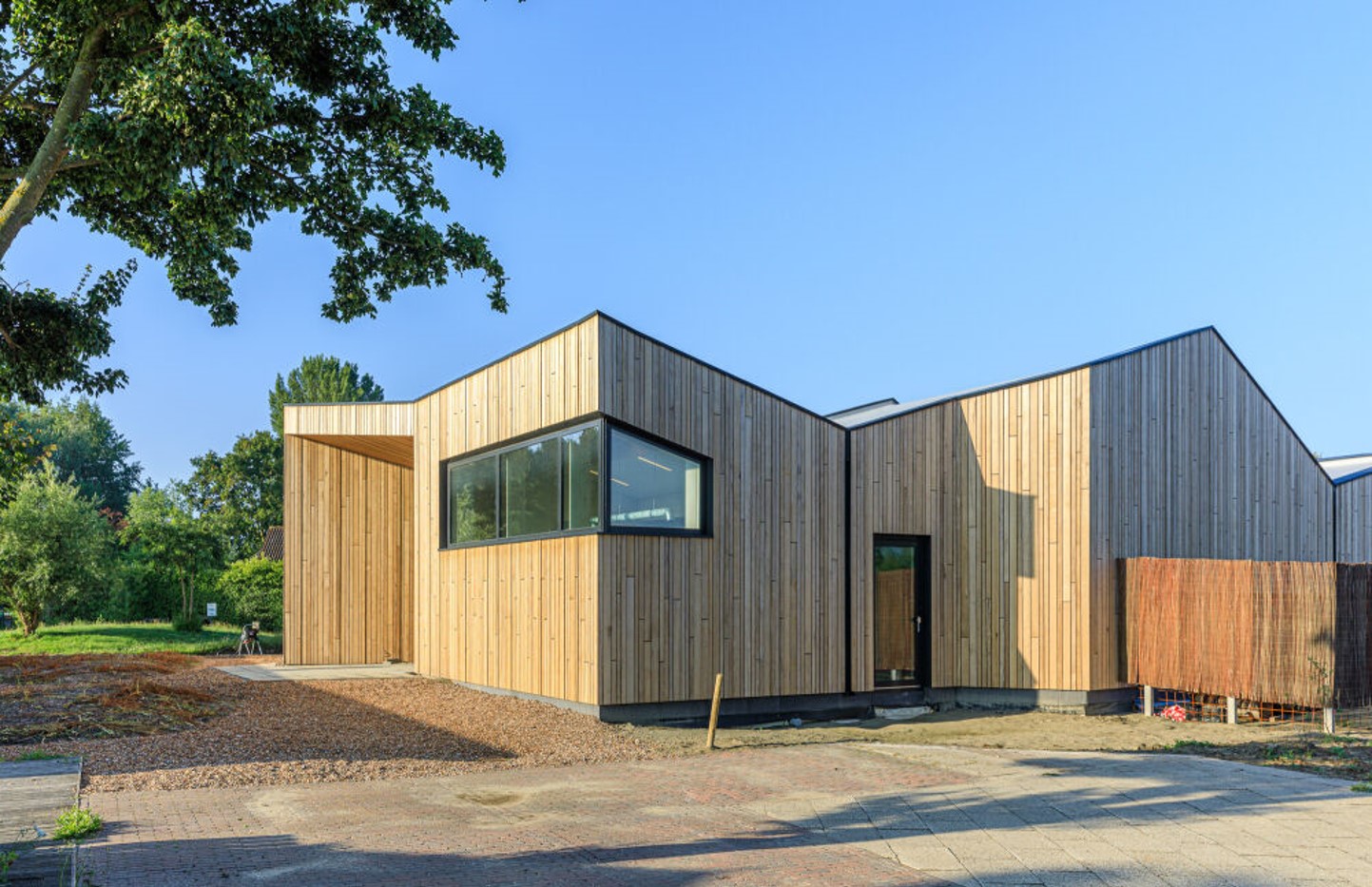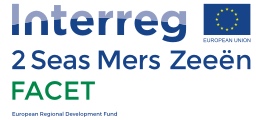PRACTICE
Circular swimmingpool
Camping park Ons Buiten build a circular building for an indoor swimming pool. There was an old-fashioned building that was not sustainable, the new building is flexible, future-proof, built with circular materials, energy-saving and fits into the landscape.

Facts:
- Country: Netherlands
- type of provider: Camping
- Focus:
- Refuse: By building circularly, as few materials as possible are used.
- Repurpose: By creating a database with used materials, they can use many materials that previously had a different purpose. In addition, they do not create waste but residual materials that can be reused.
- Recycle: Recycled materials or materials that can be recycled such as the basin made of HPDE are used, not a sustainable product but it can be reused. If concrete was chosen, it cannot be reused and it requires more maintenance.
Summary of the project
There was an old-fashioned building that was not sustainable and technically very dated. This appearance of the old swimming pool does not match the new course of the recreation park. The building needed more and more maintenance, did no longer meet the changing requirements and wasted a lot of energy.
The new building will be built in a circular manner, it amounts to 40% of the original surface. By building circularly, it remains flexible and the entire life cycle of the building is extended. By building circularly, the intention is to eliminate the production of waste. We mainly work with recycled or used materials. A materials database is being set up for this purpose. In addition, attention is paid to saving energy by using the latest techniques.
The surrounding landscape of the building plays a major role in the footprint. The landscape is designed as naturally as possible, using a self-healing soil structure, permaculture and enhancing biodiversity.
The construction team consists mainly of local parties and does not use an energy-consuming tender procedure.
With this building, camping OnsBuiten realizes the first circular new-build swimming pool and wellness building in the Netherlands. They do this in in the following aspects:
FLEXIBILITY and FUTURE-RESISTANCE
Based on the 7S-Layers-of-Change model, the building is constructed in such a way that it can easily be adapted to changed wishes in the future. By preventing, for example, heavy structural adjustments being necessary during a change in the building and by keeping facade elements disassembled, they avoid unnecessary waste (and thus waste) at a later time.
REUSABILITY of materials
When choosing materials, it is important to consider recycled materials in the new building. In addition, it is important to consider how all the materials used can be reused later. To this end, they have drawn up a materials database for this building and (partly) incorporated it into the 3D building model (BIM).
ENERGY SAVINGS
Based on the philosophy behind Trias Energetica, we have looked at making OnsBuiten the building as compact and (energy-) efficient as possible.
LANDSCAPE and ECOLOGY
A well-developed surrounding landscape (nature-inclusive concept) has more effect than a multitude of installations or techniques can make up for. Consider, for example, self-healing soil structures, permaculture, enhancing biodiversity, etc
Involved parties:
Client: Campingpark Ons Buiten
Architecture: FACET architecten & adviseurs
Architectural elaboration & construction team organization: FACET architecten & adviseurs
Promotion: Toeristisch Impuls Zeeland
Advice Circular Building: Bureau Twigt Om
Consultancy Constructions: Construction consultancy Willems
Advice Installations: Delmeco
Architectural contractor: Meliskerke construction company
Mechanical contractor: Technico
Electrical contractor: Switch
Pool technology: Lotec
More information
Do you want to know more about this best practice? Please visit their website: https://www.onsbuiten.nl/en/
